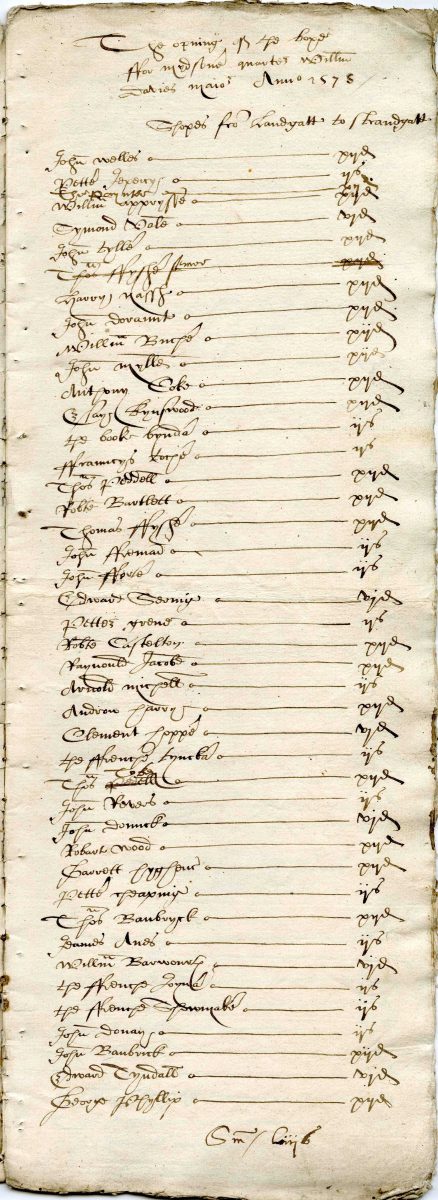Order from the Lords of the Council, 28 October 1571, ordered a survey to be made of strangers (foreigners) in the town and for undesirables to be expelled
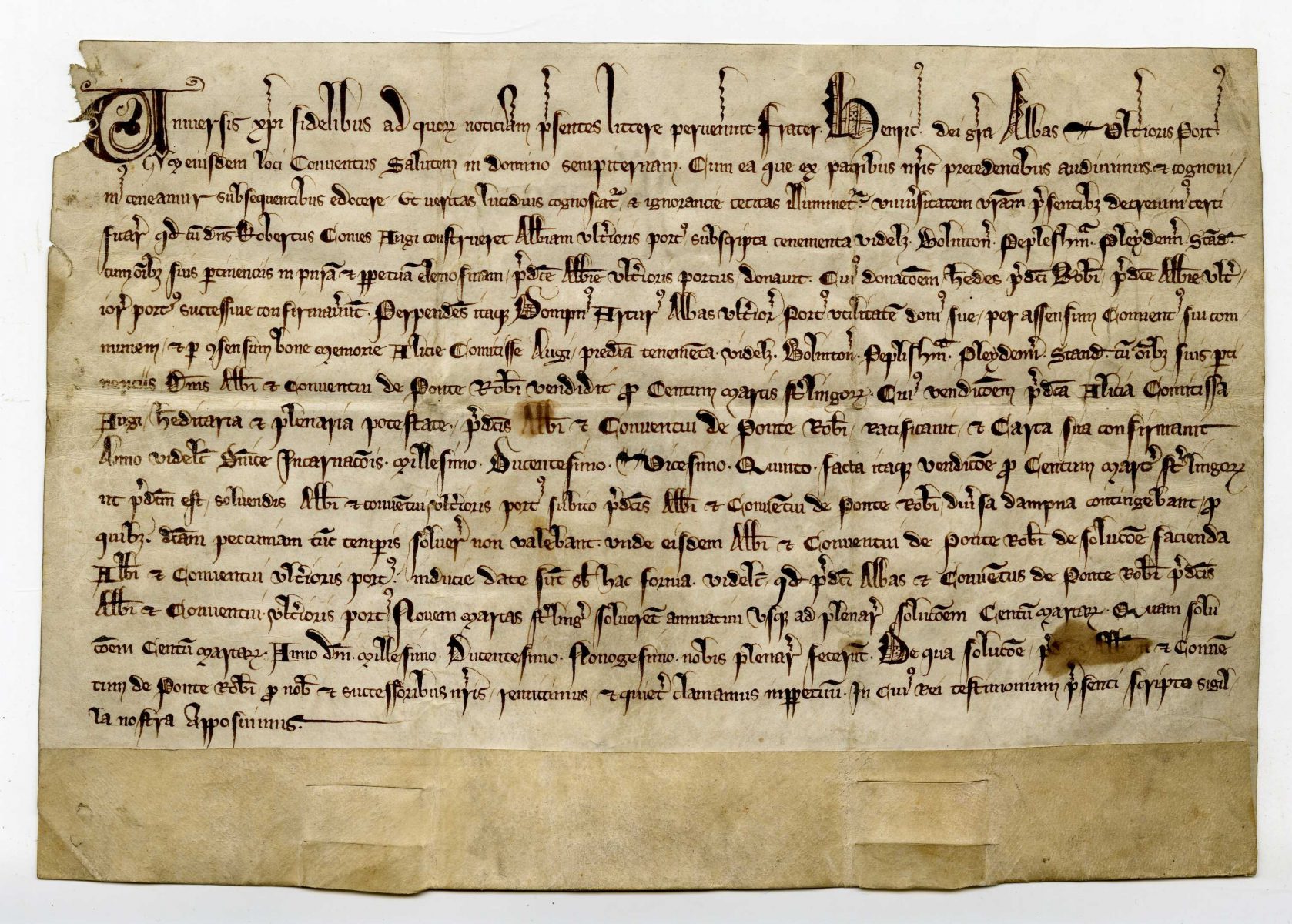
Certificate for payment by Henry abbot of Tréport to the abbot and convent of Robertsbridge
Henry abbot of Tréport (in Normandy) reminds that tenements at Bolinton and Pebsham (in Bexhill), Playden and Stand was sold to the abbot and convent of Robertsbridge, for £66 13s 4d.
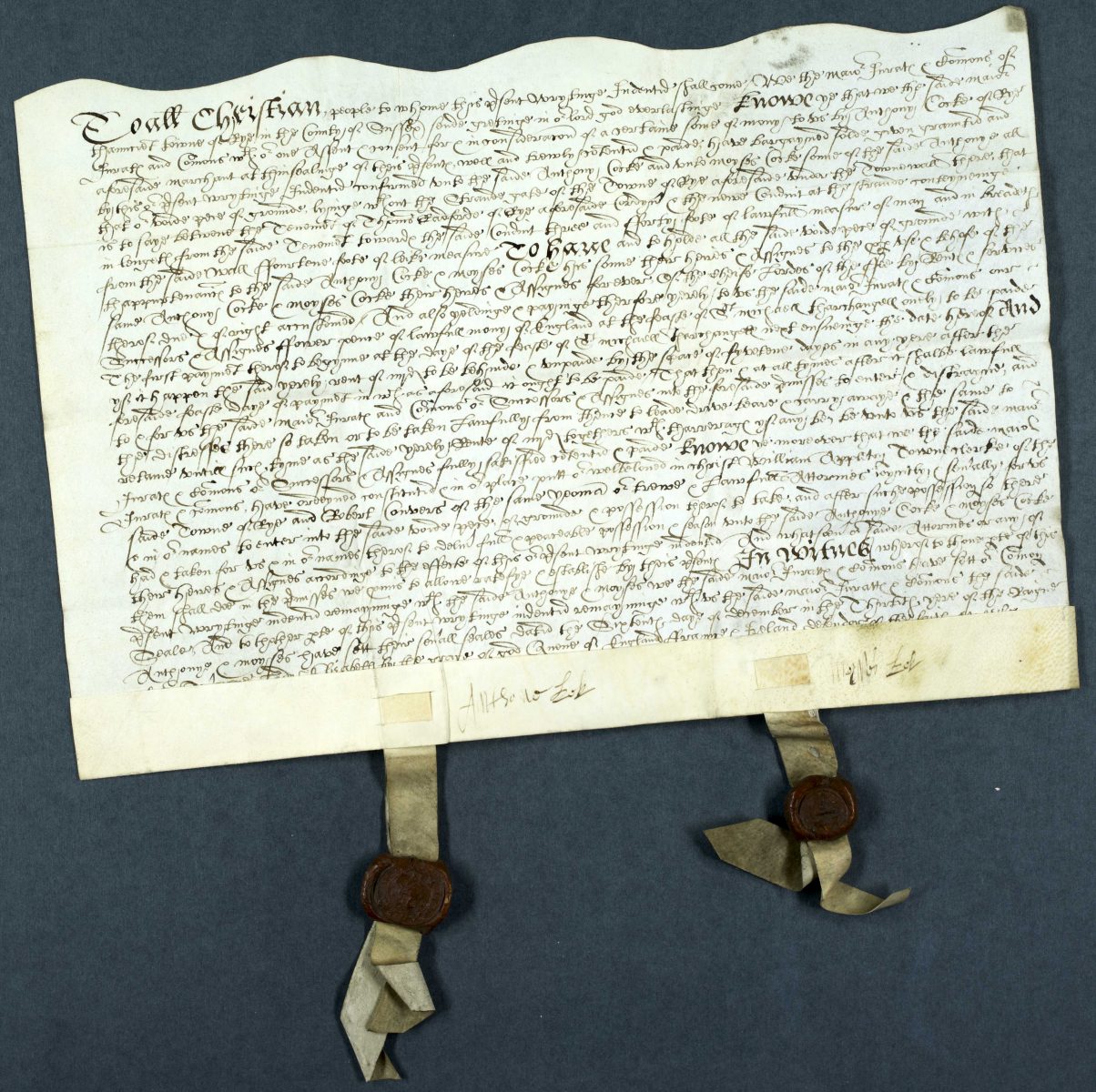
Counterpart bargain and sale to Frenchman
Counterpart bargain and sale to Frenchman Anthony Cocke and Moses his son of vacant ground, 43 × 14 ft., outside the Strandgate of Rye under the town wall, between Thomas Radforde’s tenement and the new conduit for a rent of 4d a year. There are two seals, on tags, (1) a cock upon a letter N, with legend LE COQ; and (2) an anchor.
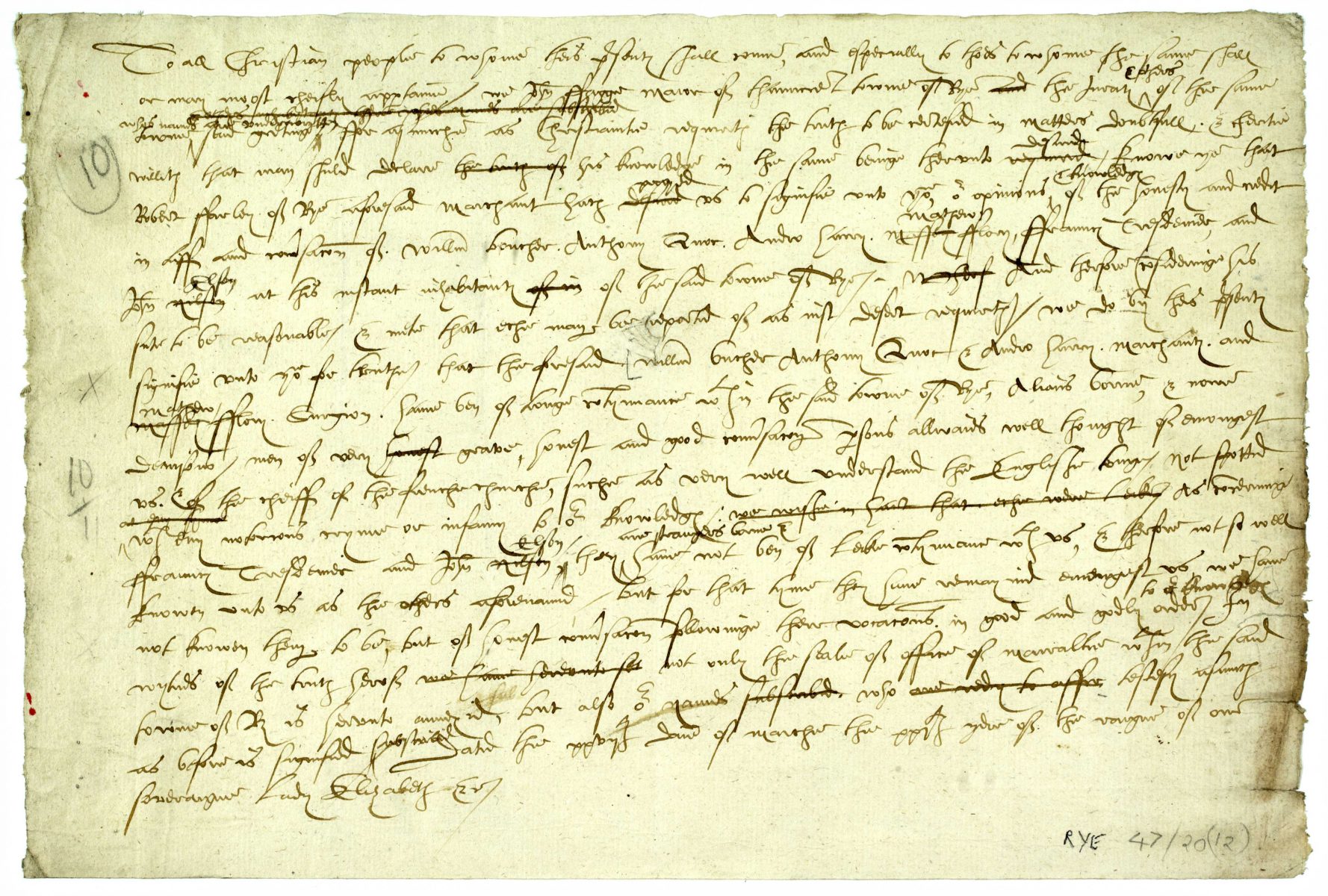
Certificate by the Mayor and Jurats of Rye
Certificate by the Mayor and Jurats of Rye, 27 March 1579, as to
the good character of a number of French settlers in the town, including
Anthony Cocke.
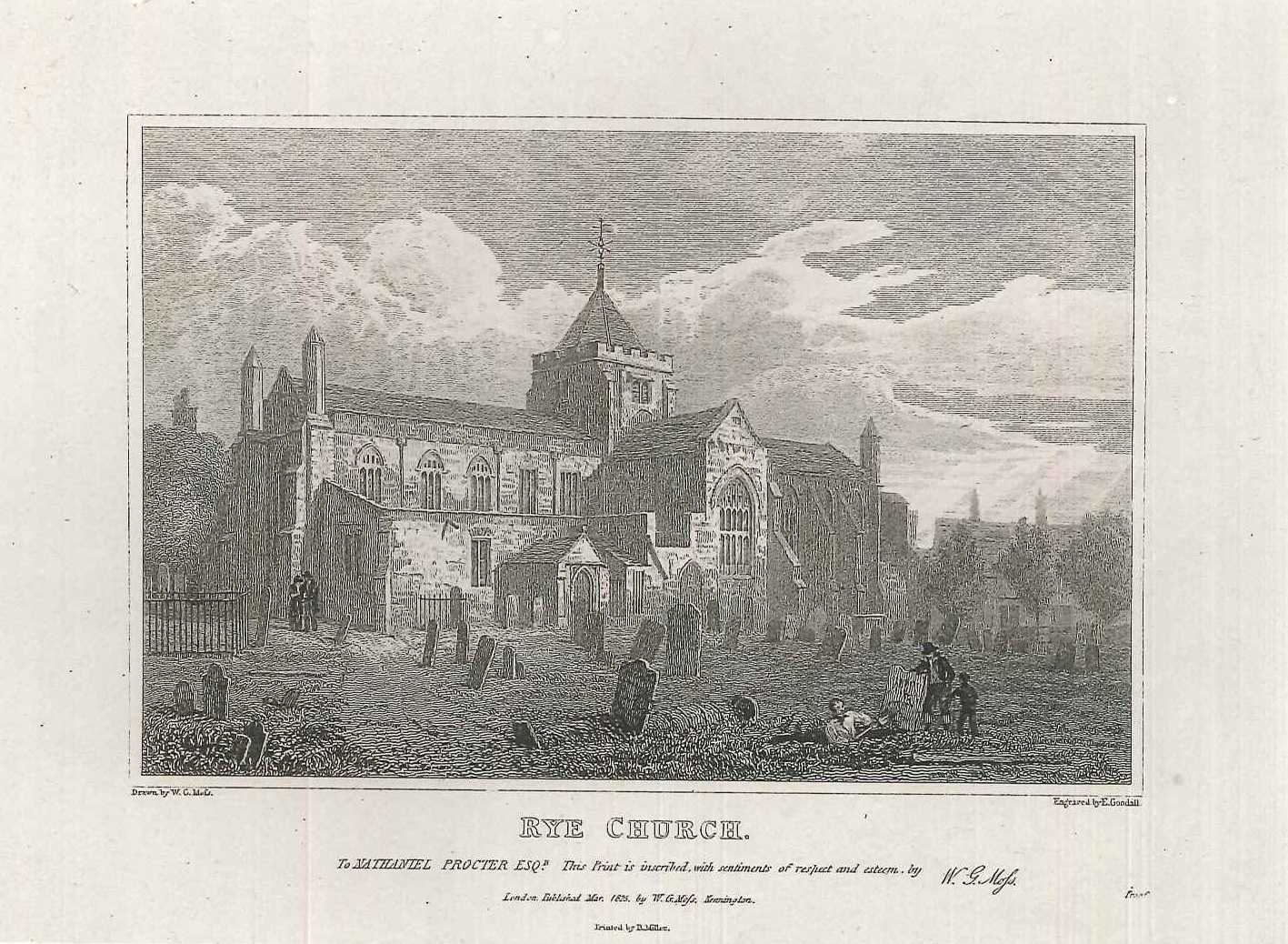
Parish register of Rye showing baptisms and marriages of members of the French church
A large French colony fled to Rye, a coastal town in East Sussex and the main landing point at that time for ships leaving Dieppe, to escape persecution.
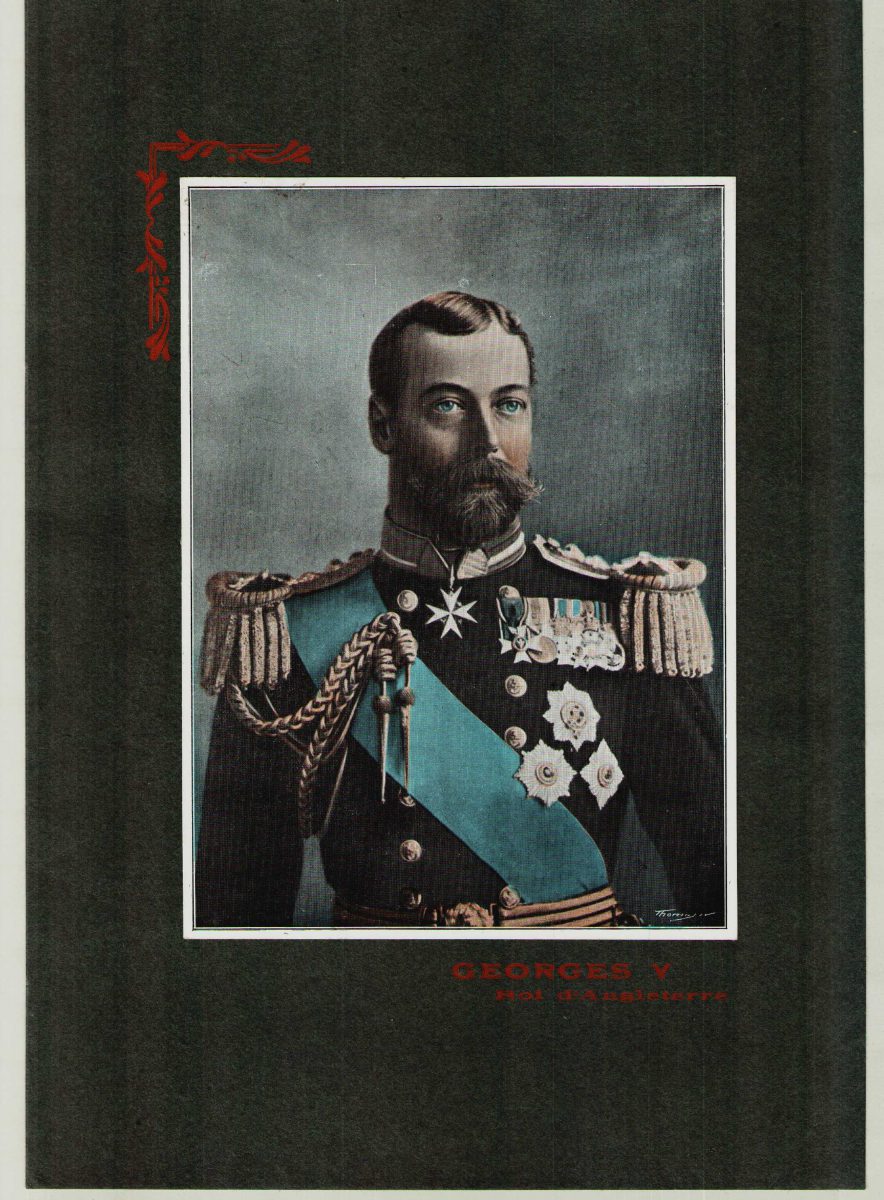
Telegram announcing the visit of King George V
The telegraph, along with carrier pigeons and radio, was a fast and effective means of communication between the Allies and the front line during the war. Messages were always sent in code to prevent the enemy intercepting the information. This message, encrypted using a highly sophisticated cipher, relates to the secret visit made by King George V to British troops in Rouen.
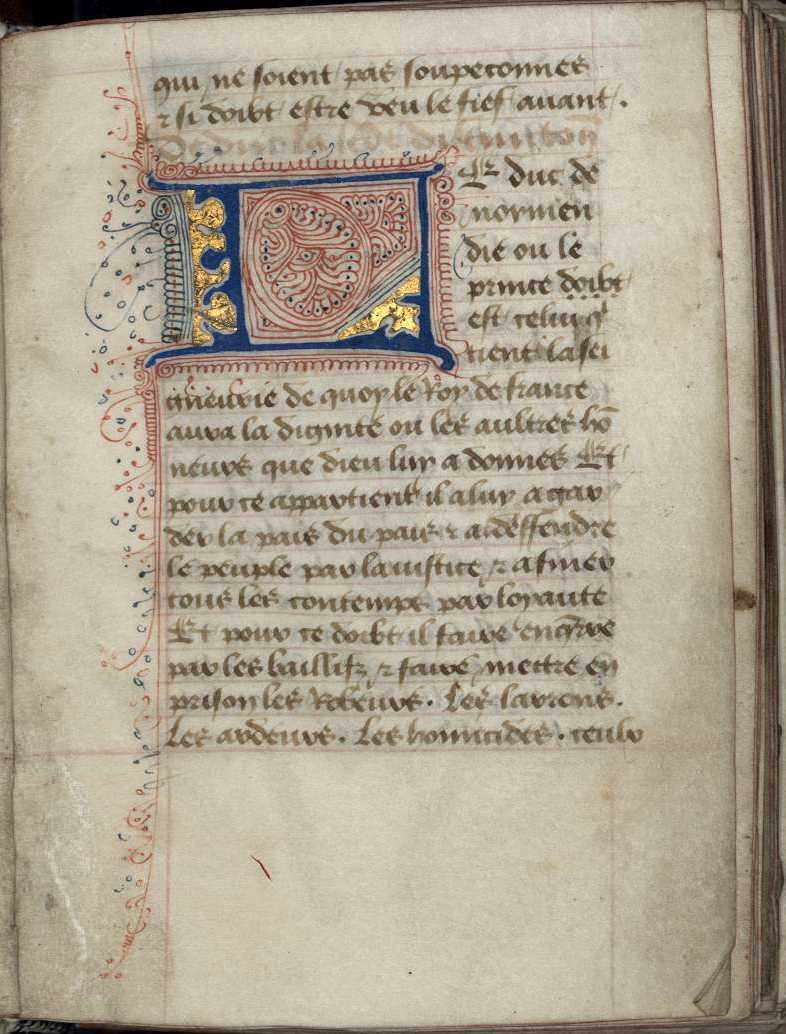
Norman customs
Normandy had laid down in writing a set of legal rules, called the Très ancien coutumier de Normandie in the late part of the 12th century. The second part of these rules would be put in writing after Normandy became part of France in the first half of the 13th century and was to remain in force until the Revolution.
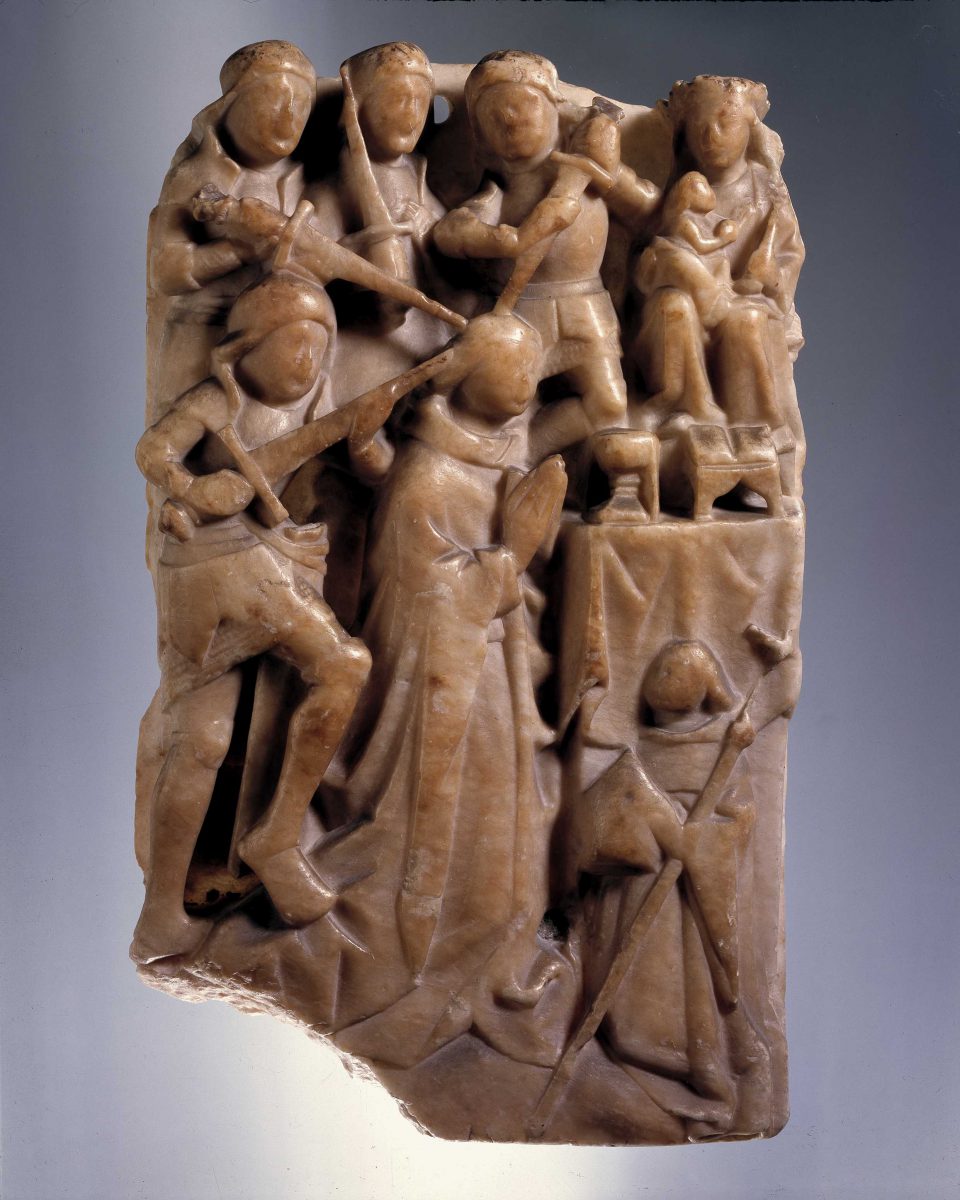
English alabaster carving depicting the murder of Saint Thomas Becket
English alabaster carving depicting the murder of Saint Thomas Becket, second half of the 15th century. Semi-relief. Musée des Antiquités, inv. 626.
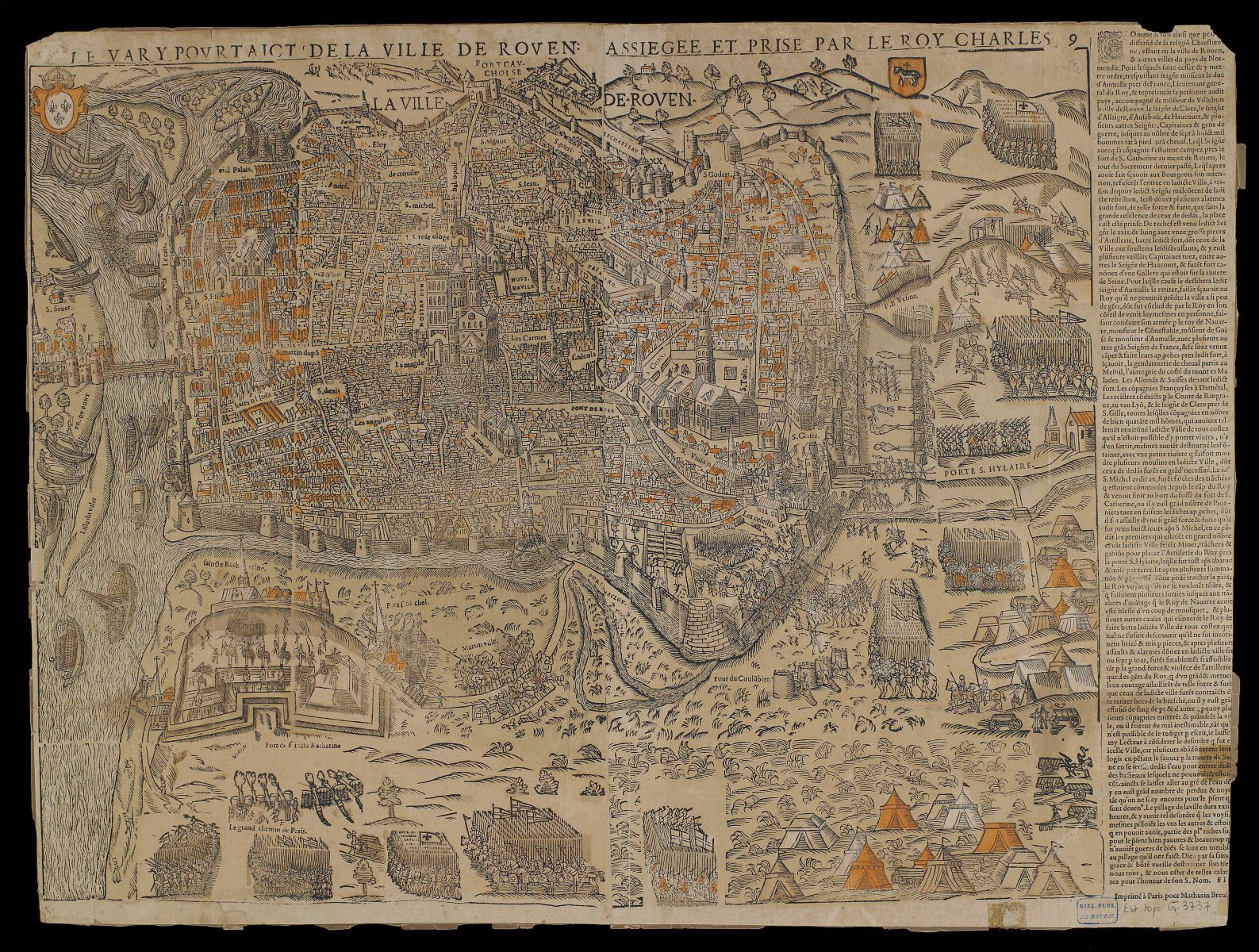
Map of Rouen besieged and taken by Charles IX
Large Protestant communities became established in Upper Normandy, centred mainly on Rouen and Dieppe, following the Protestant Reformation. The Huguenots took control of Rouen in April 1562 shortly after the massacre of Vassy, which marked the start of the civil war, and indulged in large-scale destruction, including mutilation of the statues in the cathedral.
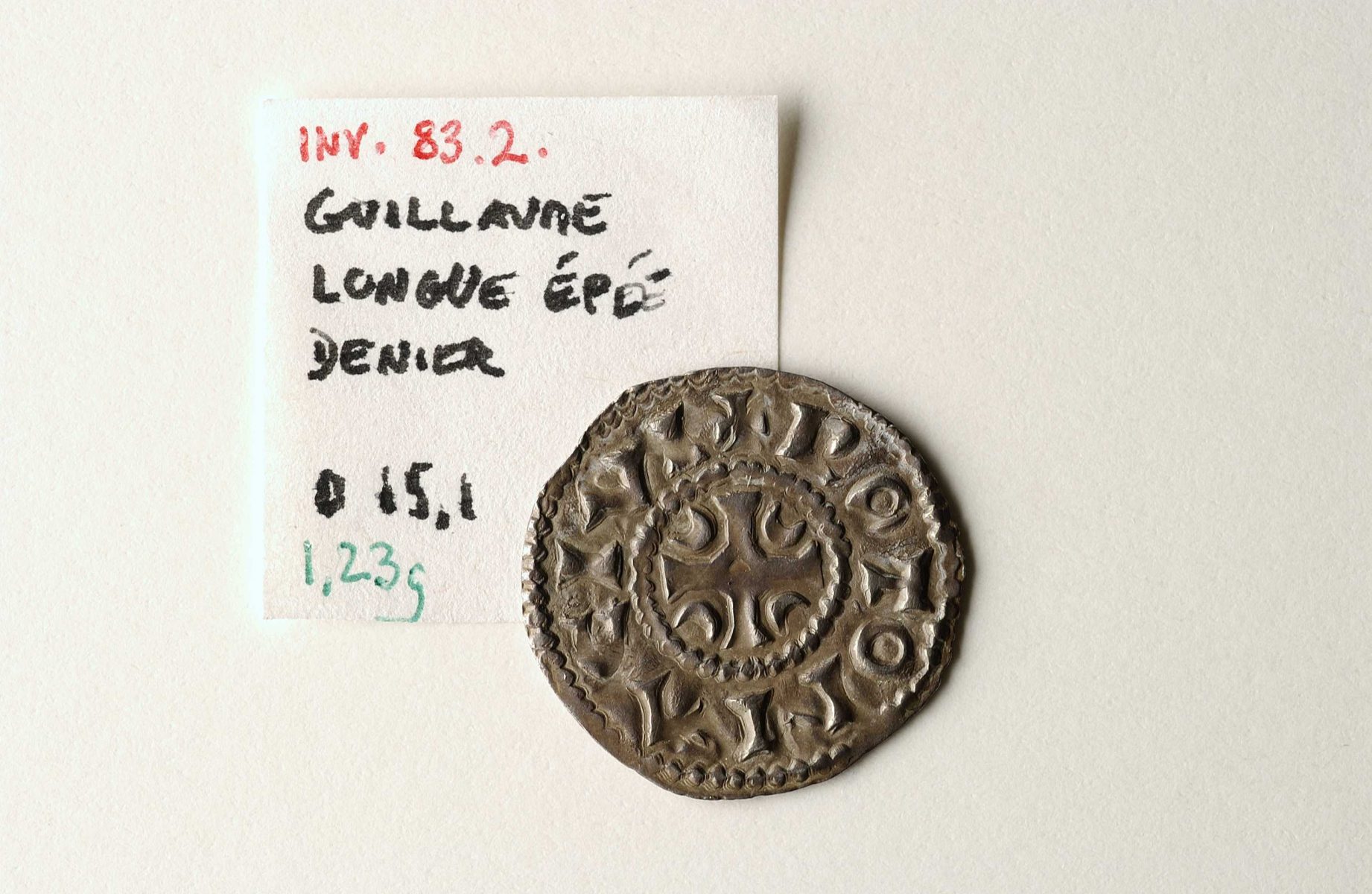
Silver coin to the effigy of Duke William Longsword
This coin show that Rollo’s dynasty had become established. It bears the likeness of Rollo’s immediate successor, William Longsword, his son from a first marriage (927-942)
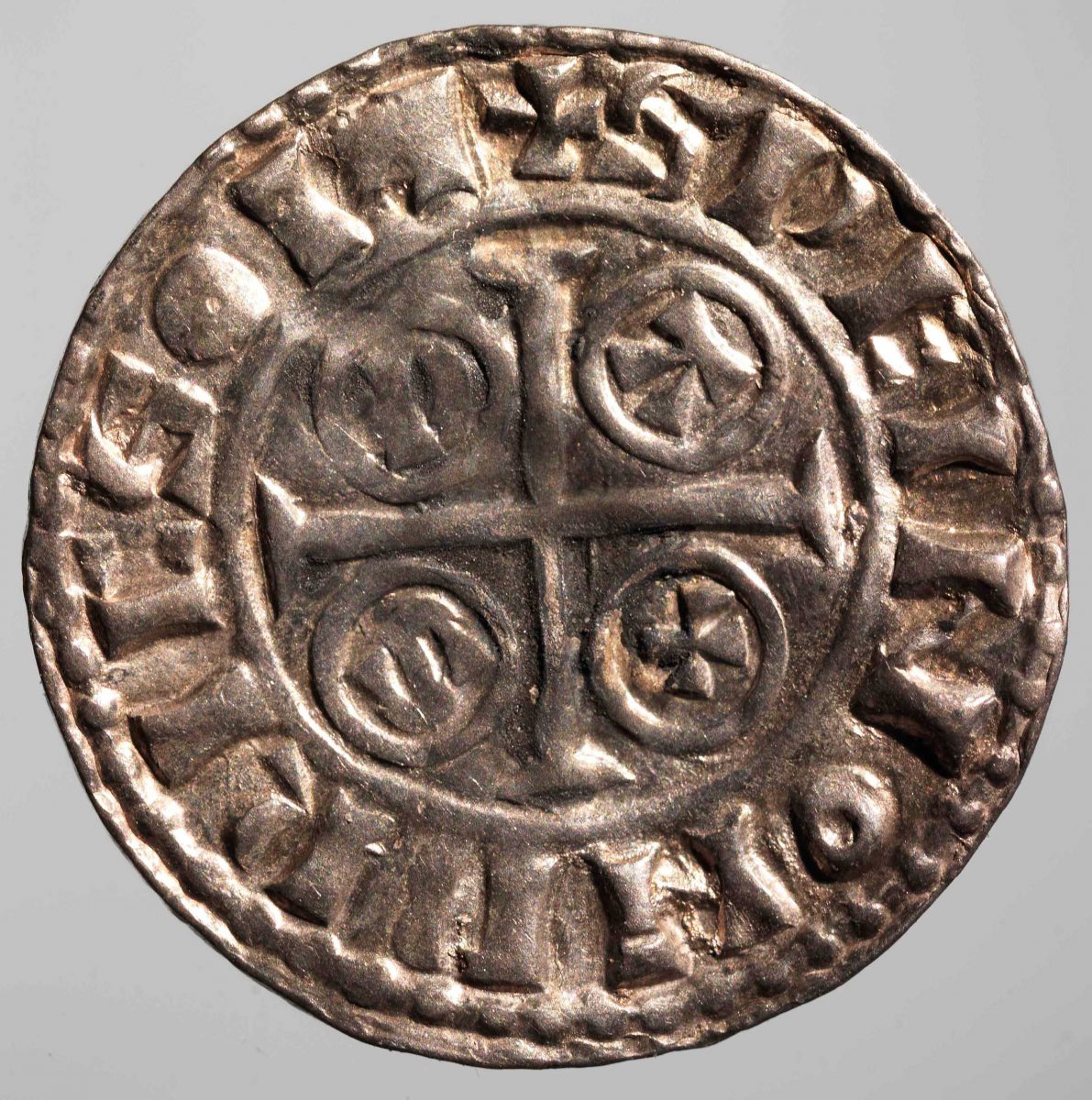
Silver pennies from William the Conqueror
These silver pennies, minted in England after his victorious battle, show the face of William the Conqueror.
The first, minted in London, dates from 1066-1068
The others, from 1072-1074 and 1083-1086, were minted in Exeter, Bristol and Wilton.
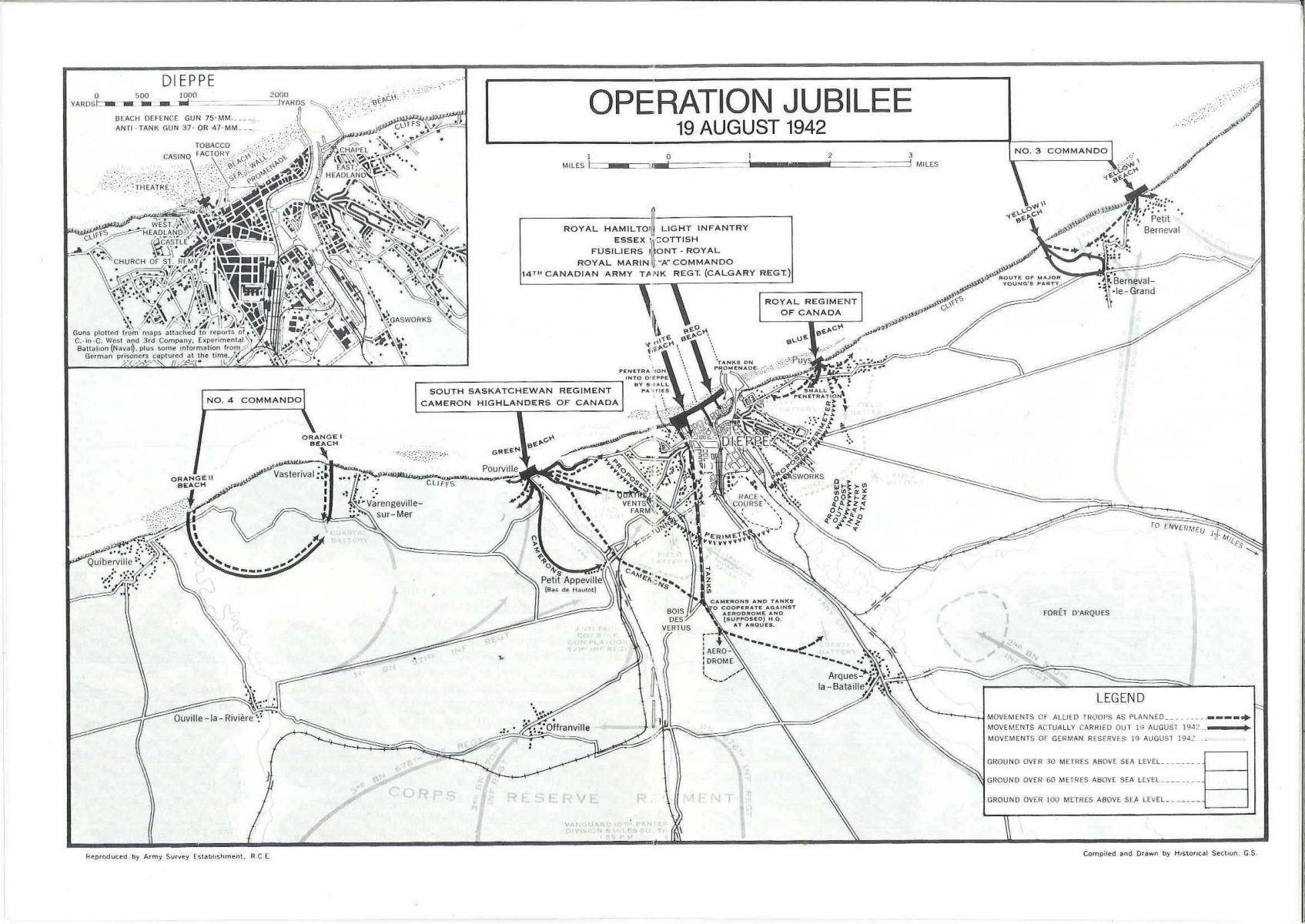
Account of the Dieppe raid (Operation Jubilee) by Roger Rothwell, clerk to Newhaven Town Council, published jointly by Newhaven Town Council and East Sussex County Council to mark the fiftieth anniversary of the event
Clerk to Newhaven Town Council, published jointly by Newhaven Town Council and East Sussex County Council to mark the fiftieth anniversary of the event.
![An illustrated letter from Percy Horton to [Lydia Sargent Smith] describing the physical and emotional state of Harry Horton on his return from war An illustrated letter from Percy Horton to [Lydia Sargent Smith] describing the physical and emotional state of Harry Horton on his return from war](http://www.archexpo.fr/wp-content/uploads/2018/07/v01_ams_6375-1-9_part_of_illustrated_letter_from_percy_horton_1918.jpg)
An illustrated letter from Percy Horton to [Lydia Sargent Smith] describing the physical and emotional state of Harry Horton on his return from war
He describes how
My brother arrived home from the front covered in mud and blood and lice. His clothes were so filthy that mother could do nothing with them and he is now wearing my cast-off khaki!…The poor boy was so tired out that he reeled like a drunken man…War seems to have made him ill and gloomy. He just mopes
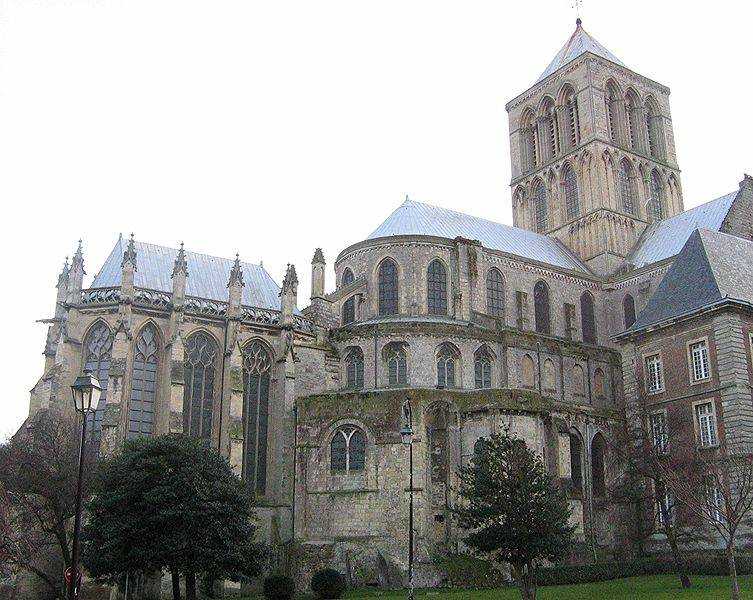
Fécamp Abbey, watercolour by Paul Marny
Fécamp had an important role as early as the reign of William Longsword (927-942), the son of Rollo, thanks to the existence of a ducal residence near the former abbey which had been abandoned at the end of the ninth century before being restored as a collegiate church by Richard I in 990 and then being given abbey status in 1001 by Richard II.
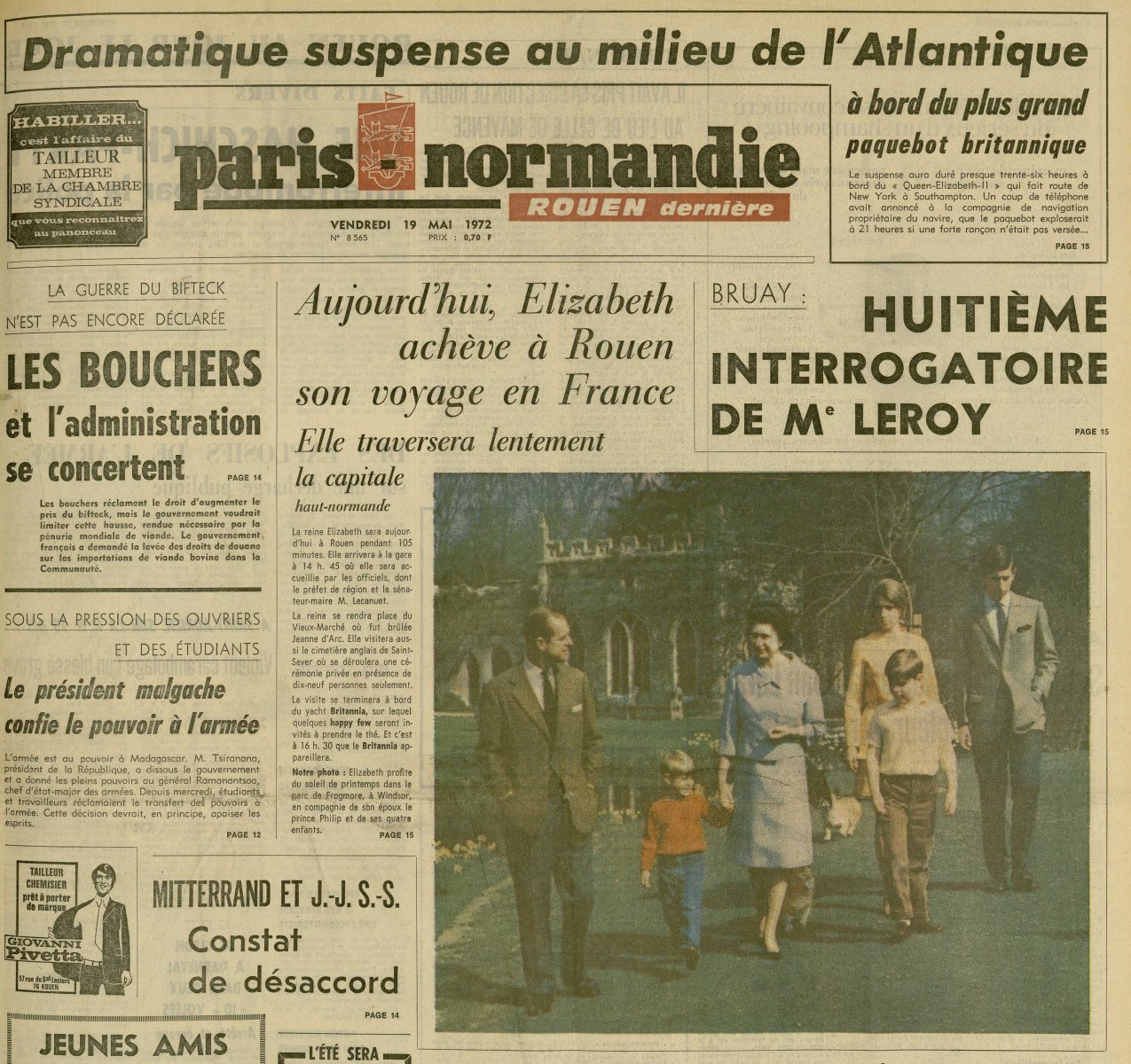
Visit by Queen Elizabeth II to Rouen
During the second state visit by Queen Elizabeth II to France, from 15 to 19 May 1972, the last event…
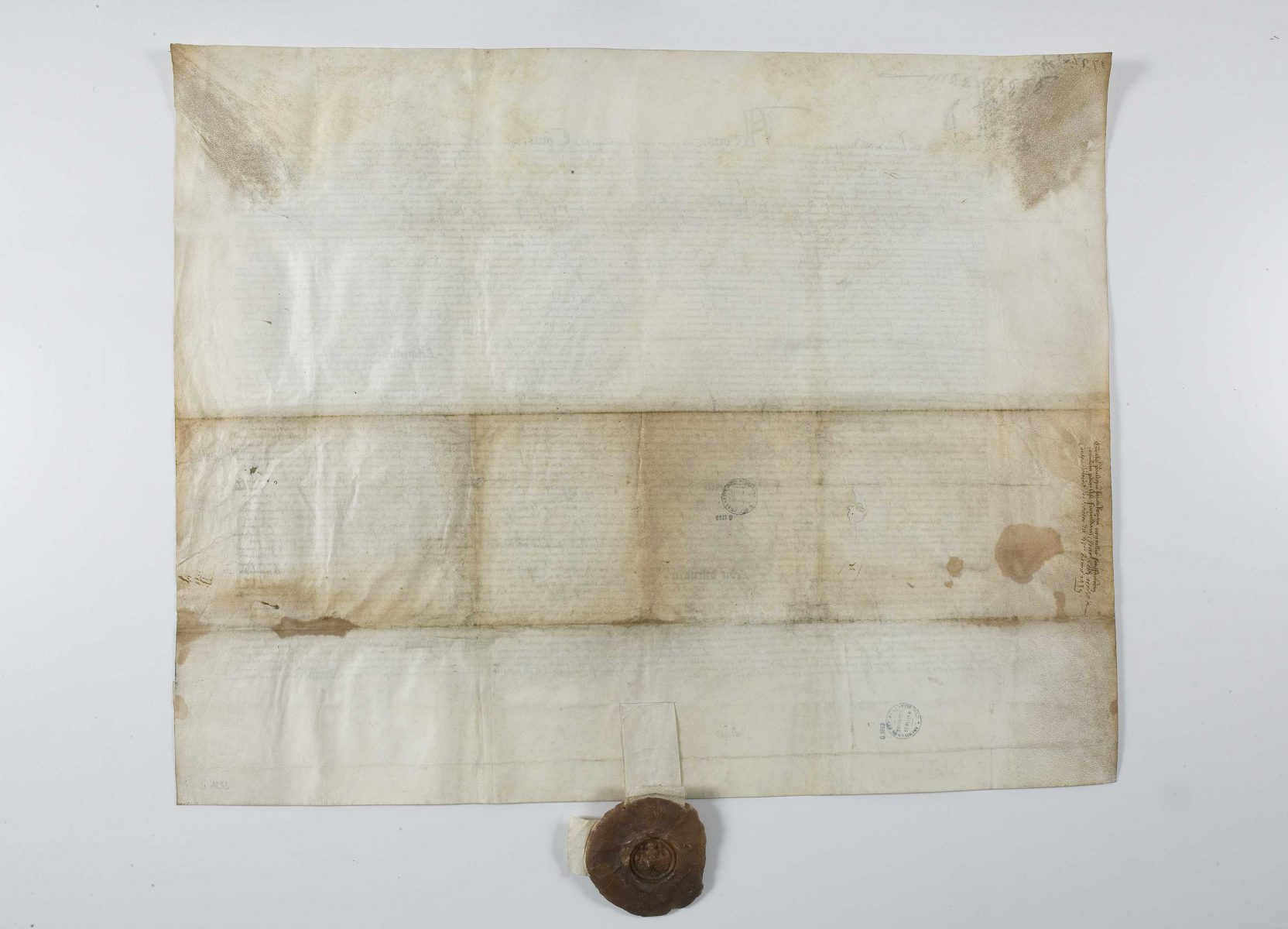
Deed of the Viscount of Rouen under the seal of Henry VI
Henry V was able to assert his authority in Normandy thanks to his control of Rouen. The English stayed for…
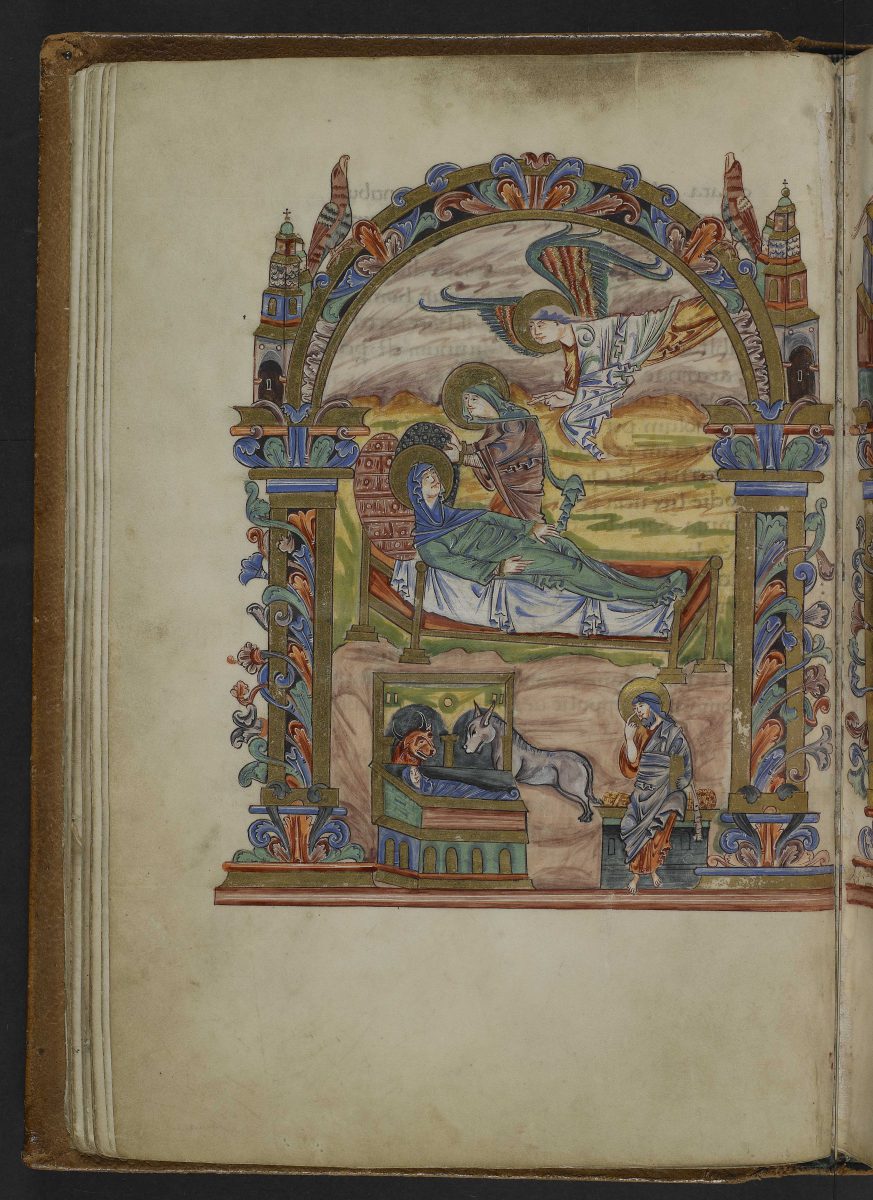
Missal of Robert of Jumièges
Missal of Robert of Jumièges. England, early 11th century. Rouen Municipal Library, Ms Y 6, fol. 32v (Nativity of Jesus). …
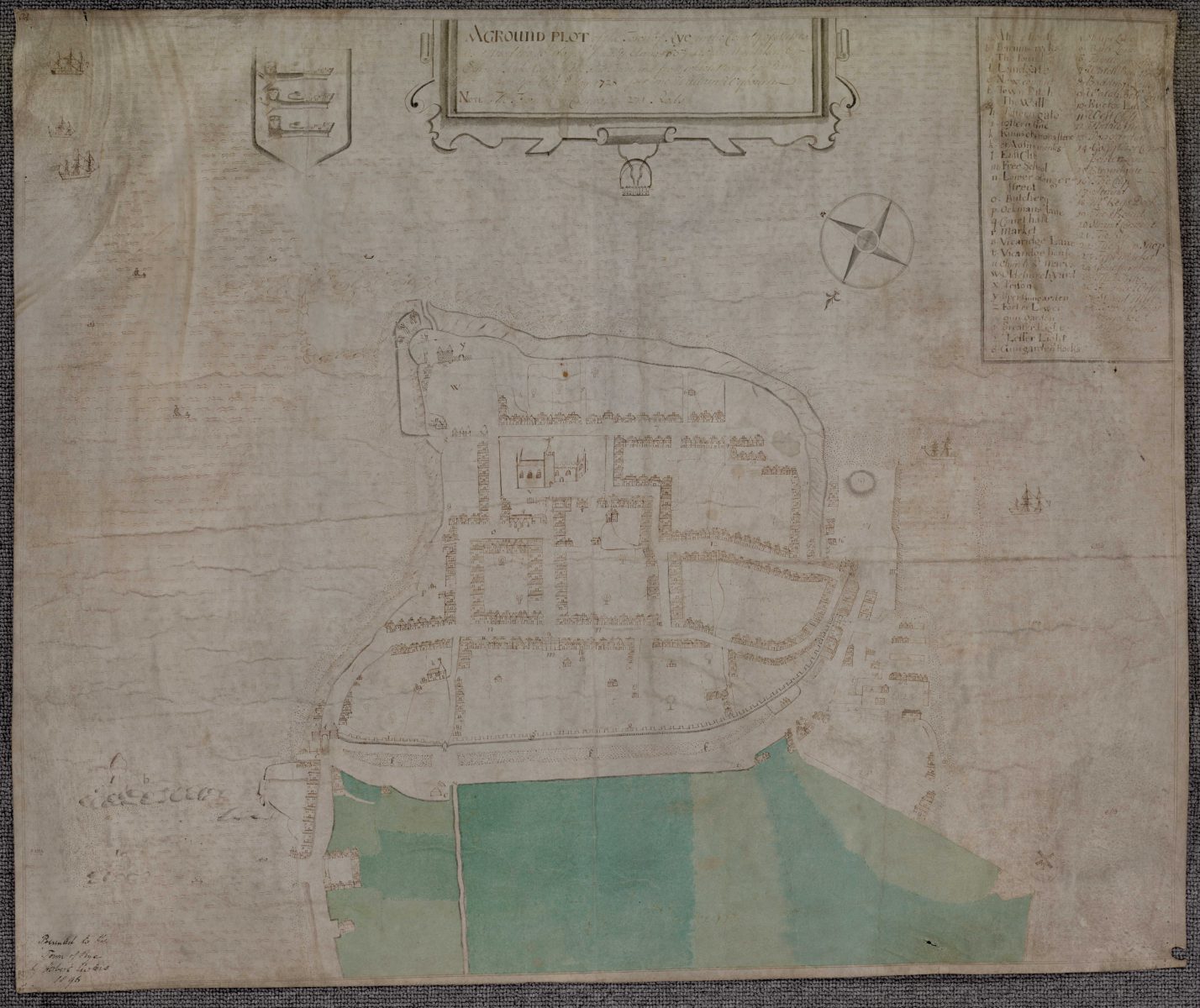
A Ground Plot of the Town of Rye
A Ground Plot of the Town of Rye, a copy made by William Wybourn in 1728 of an original drawn…
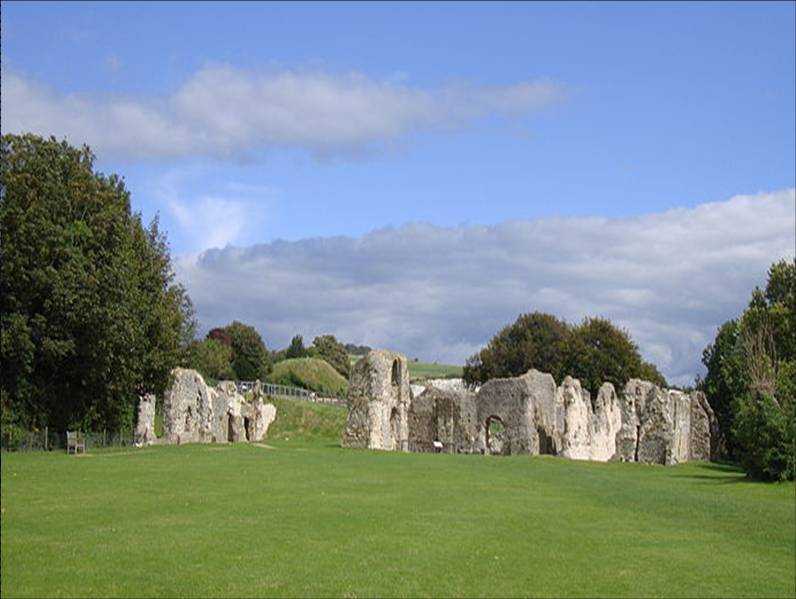
South view of Lewes priory and castle engraved by S and N Buck
South view of Lewes priory and castle engraved by S and N Buck, 1737. ESRO: PDA L1b The priory…
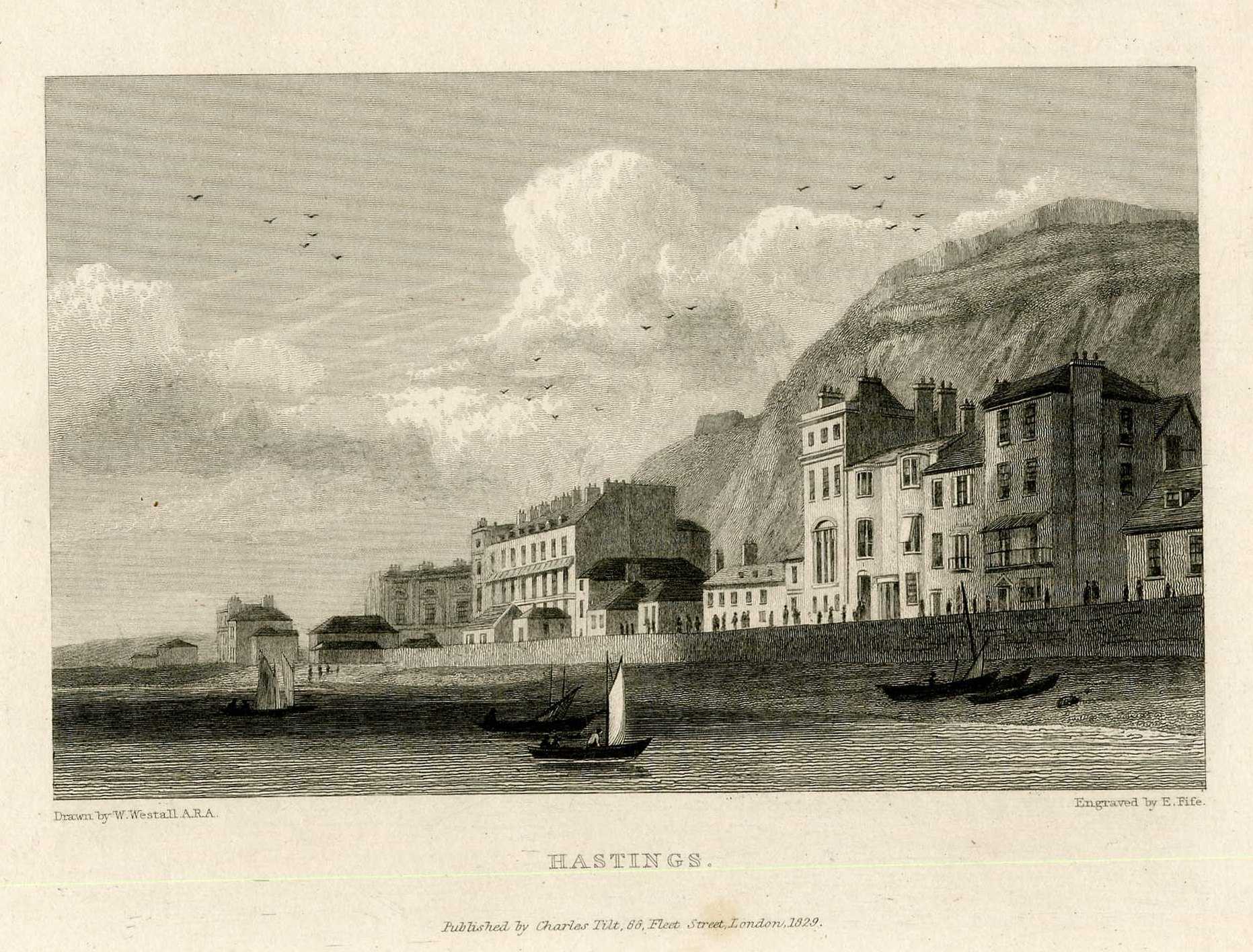
An engraving of Hastings Castle by Page
An engraving of Hastings Castle by Page, published in Picturesque Views of the Antiquities of England & Wales, 1786. ESRO,…
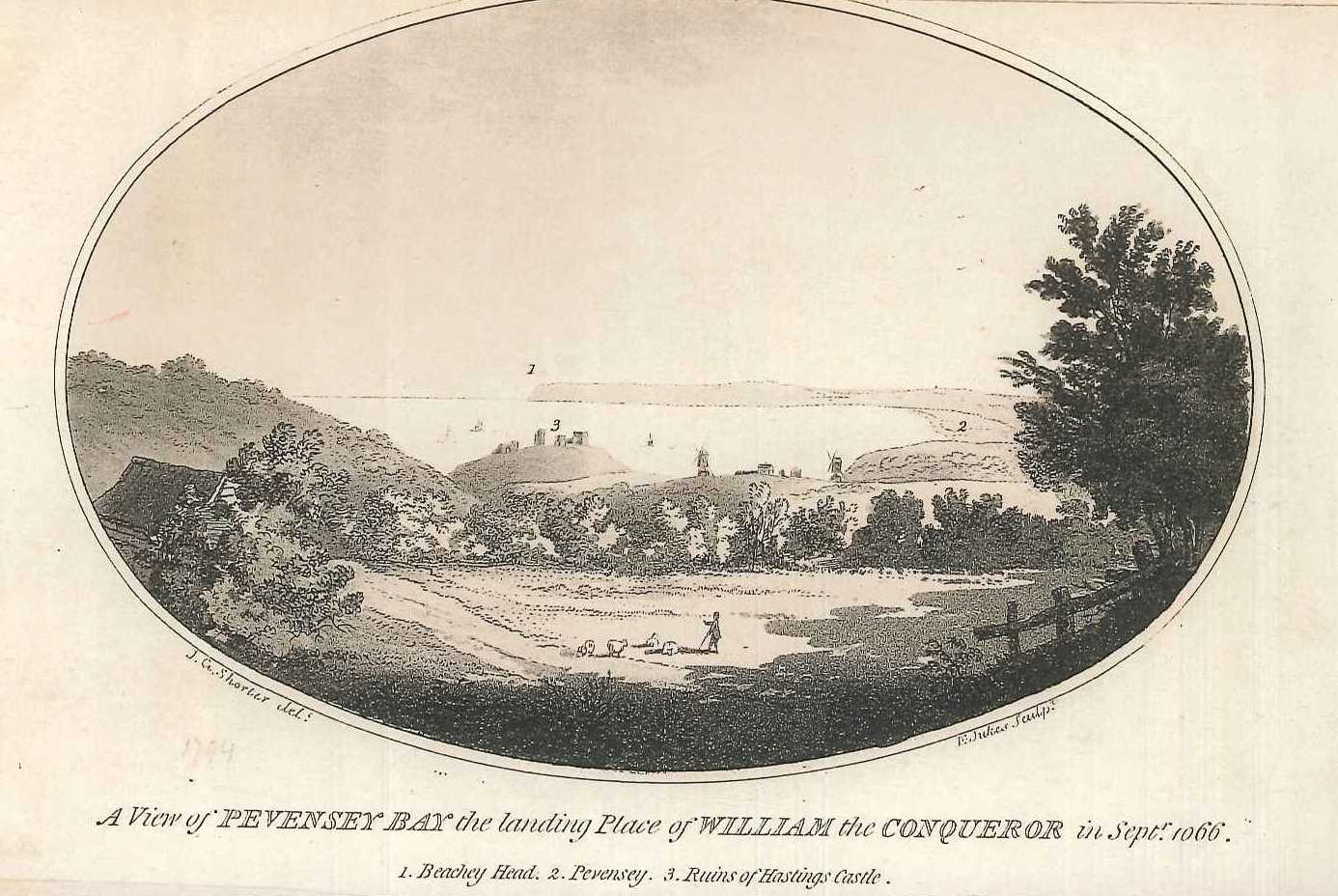
Pevensey baye, engraving by Francis Jukes
Pevensey Bay, the landing place of William the Conqueror. An engraving by F Jukes from a drawing by J G…
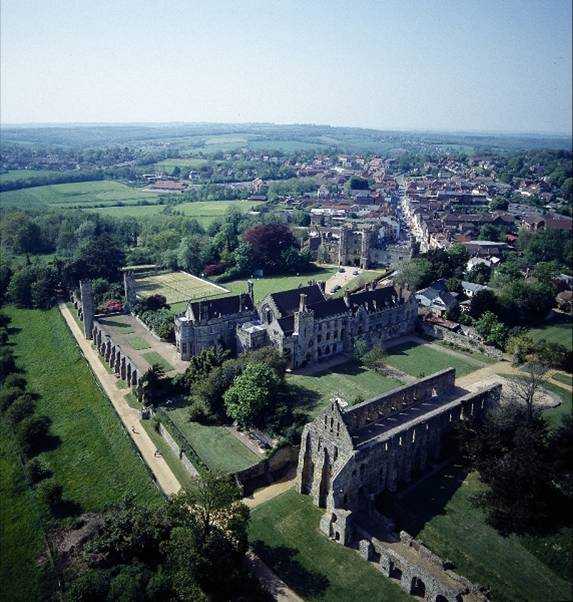
South west view of Battle Abbey. Engraving by S and N Buck
South west view of Battle Abbey. Engraving by S and N Buck, 1737. ESRO: PDA 236/4 Battle Abbey gateway…
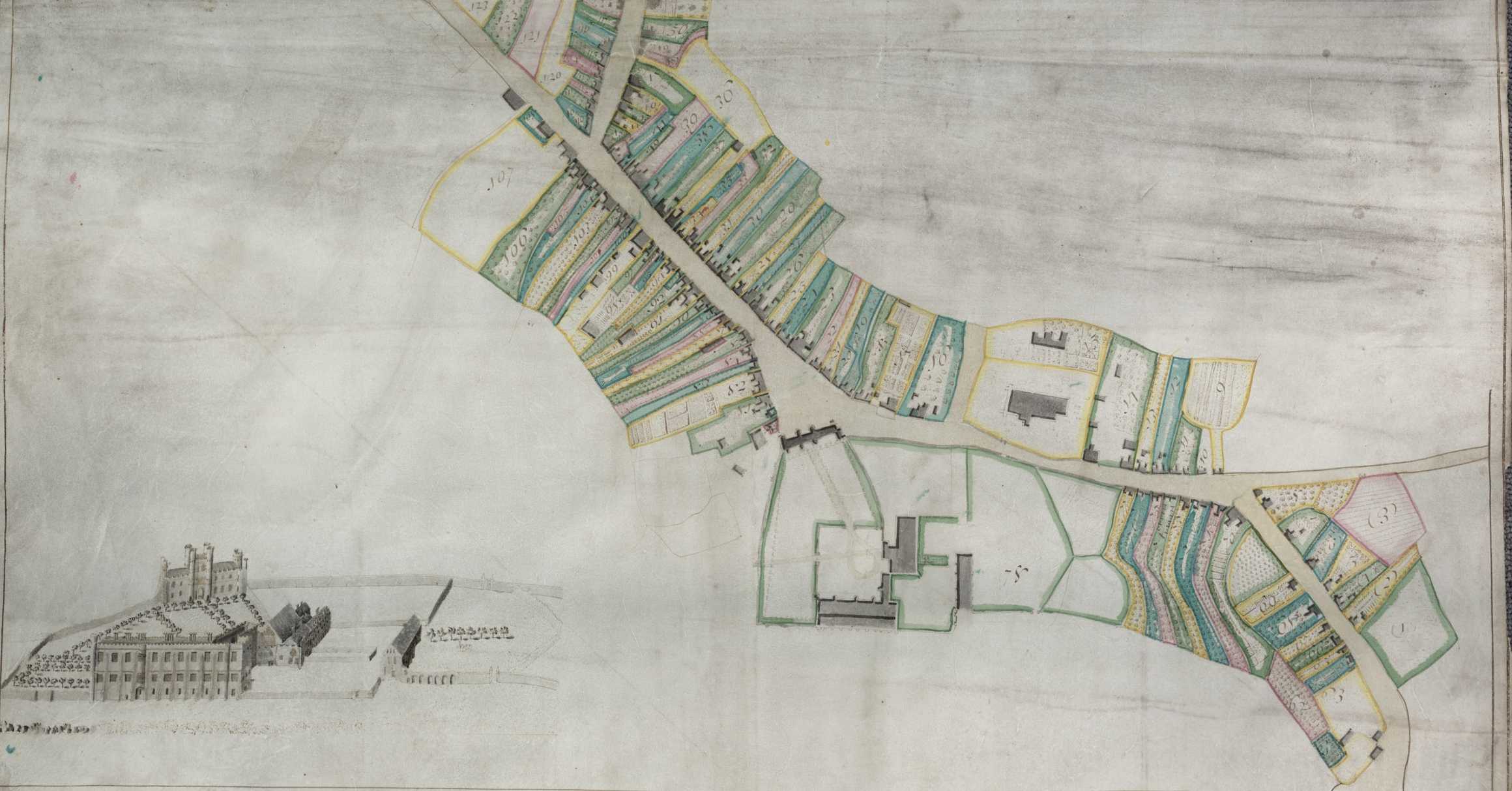
Map of Battle by Richard Budgen
Map of Battle from a series of surveys of the Battle Abbey estate by Richard Budgen c 1724. A perspective…
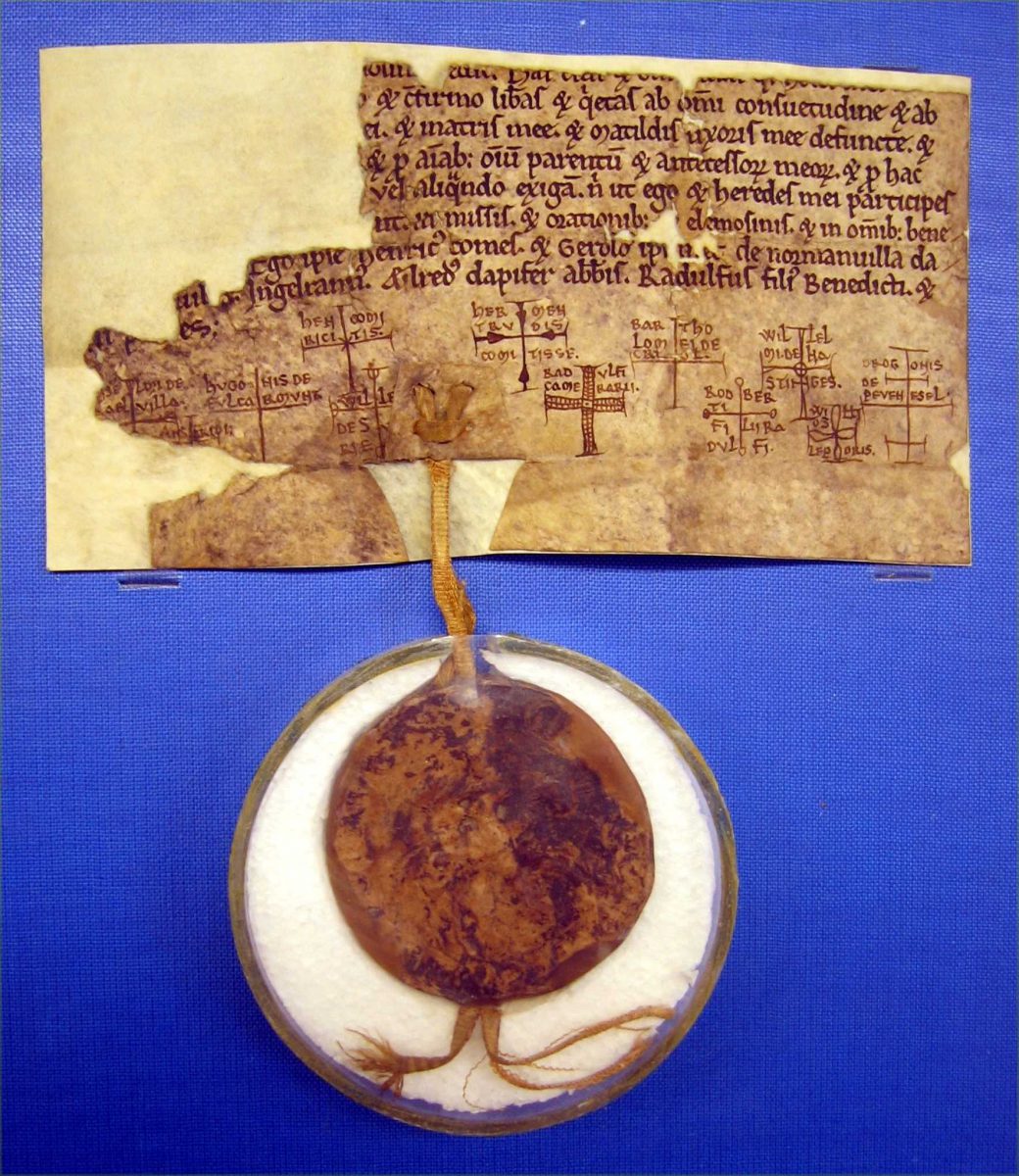
Confirmation by Henry Count of Eu to the Battle Abbey of what his men have given or shall give to the church.
Confirmation by Henry Count of Eu to the church of St. Martin in Battle (Battle Abbey) of what his men,…
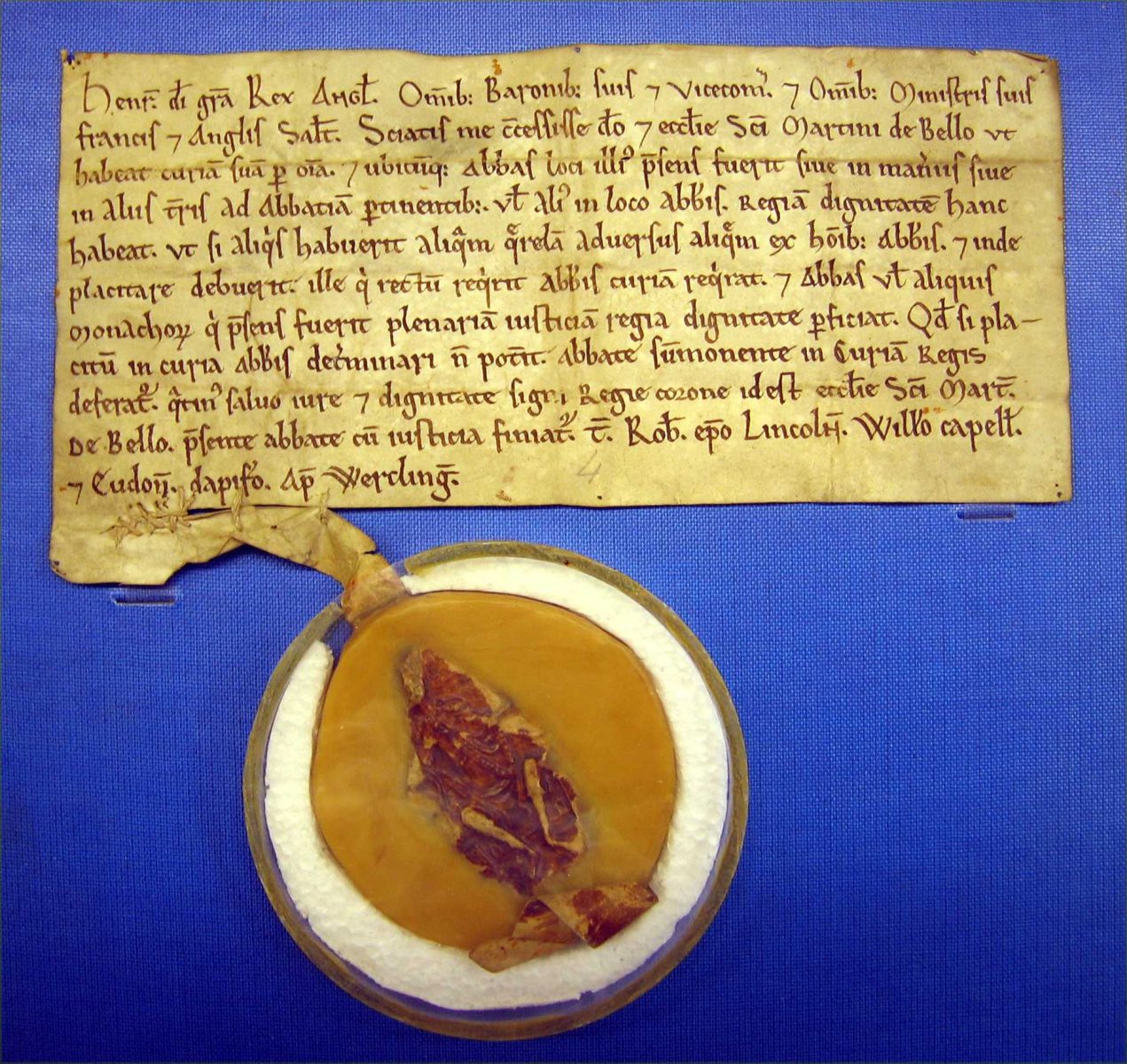
Grant by Henry I to Battle Abbey
Grant by Henry I to Battle Abbey, which was founded after the Battle of Hastings by his father, William the…

